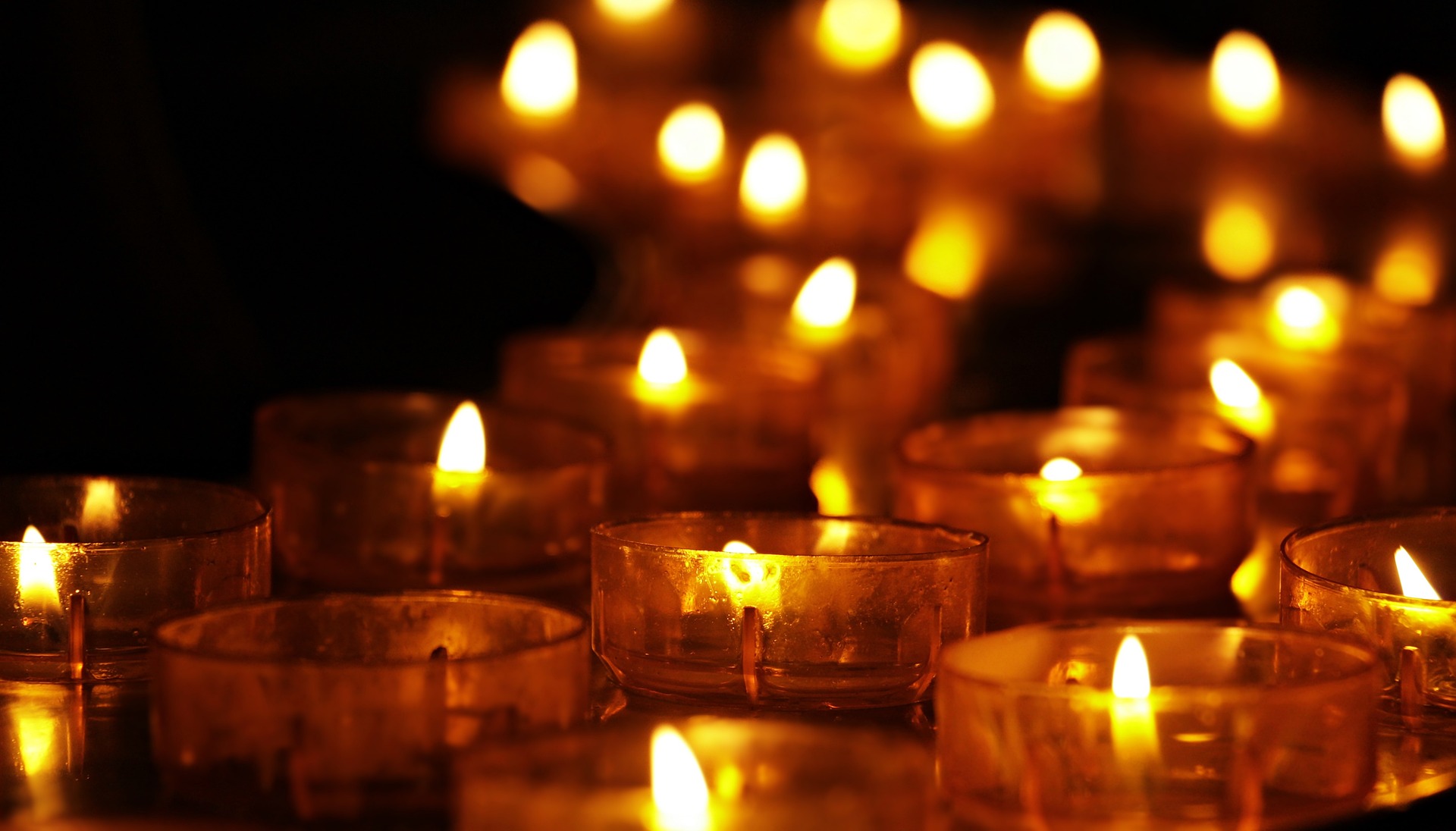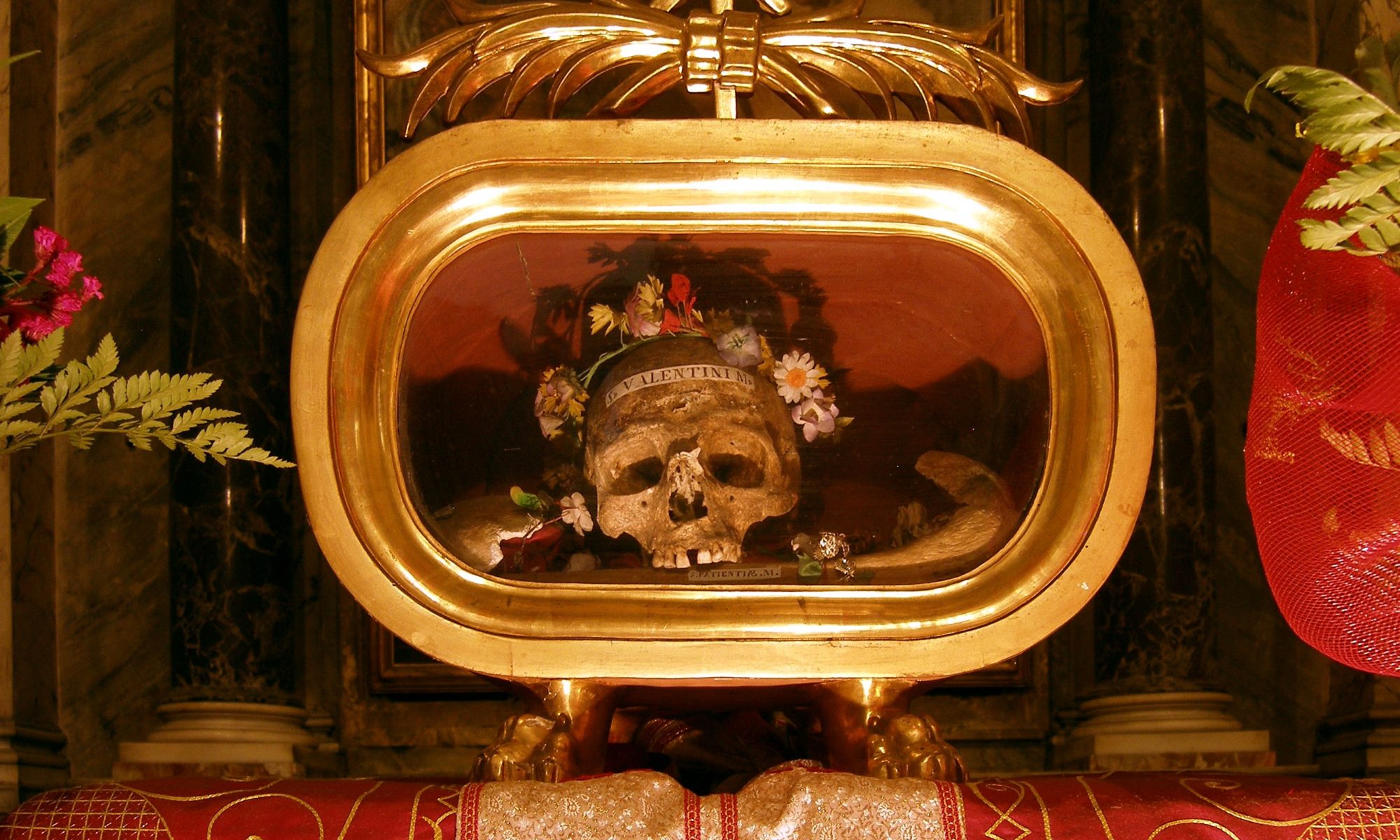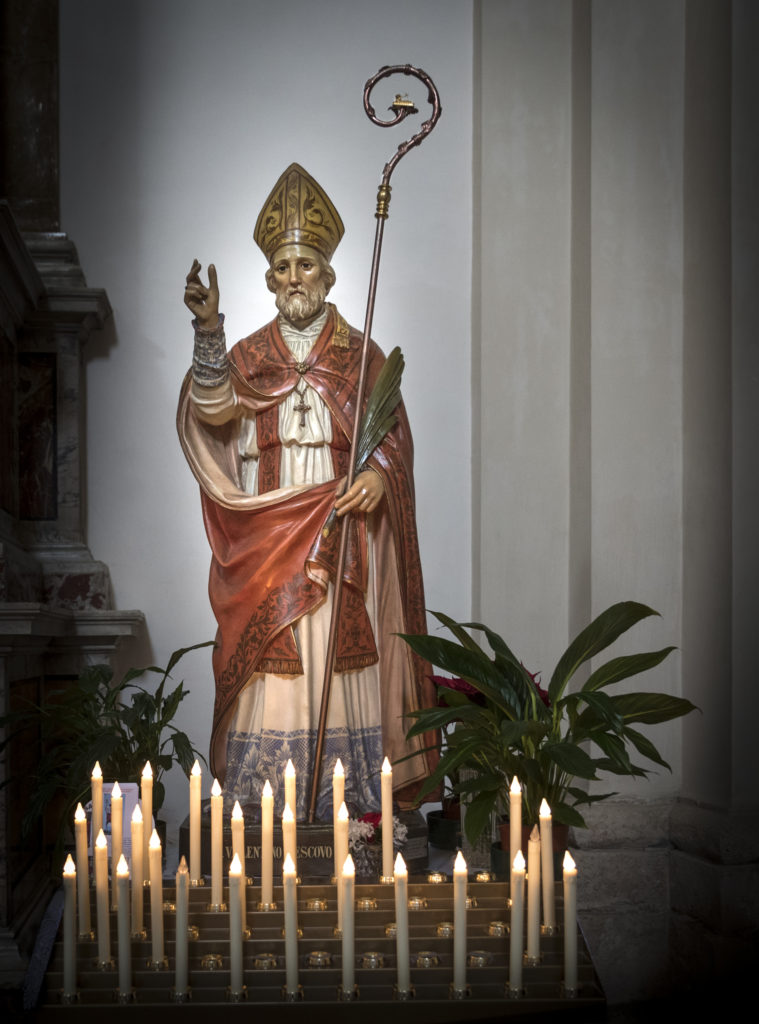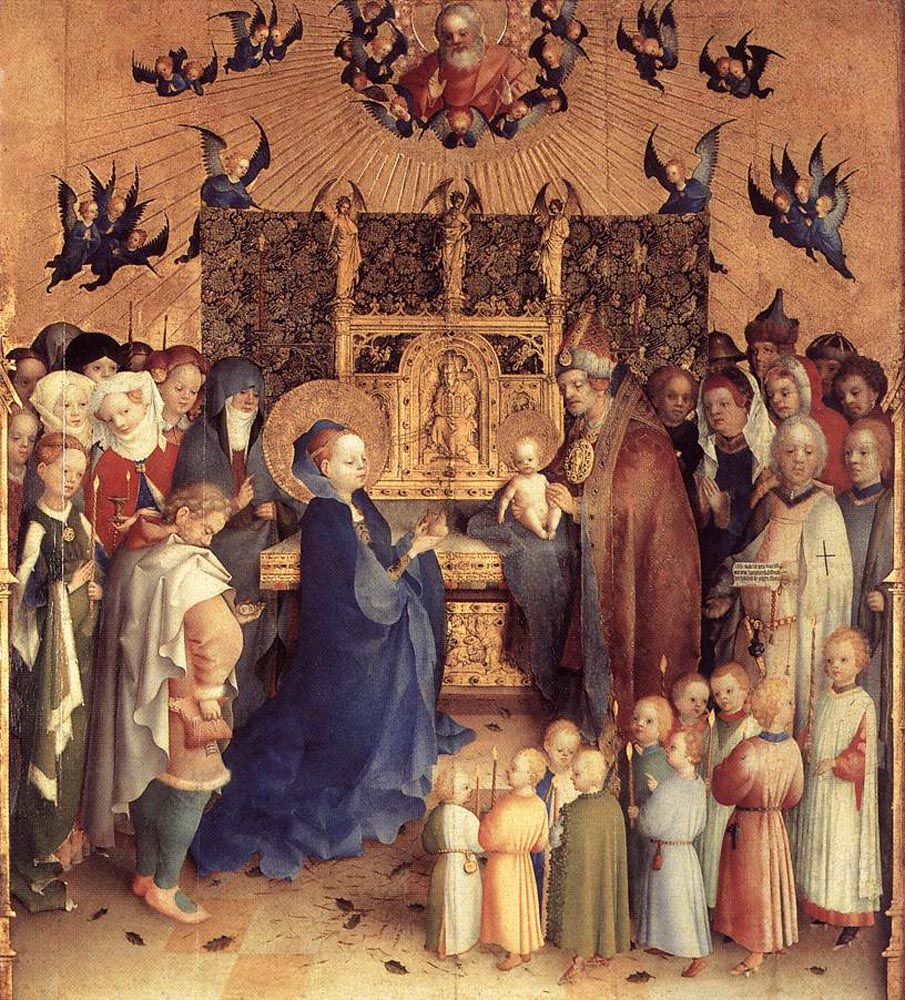A recent Fox News revealed that the FBI is attempting to monitor traditionalist Catholics who prefer the Latin Mass, calling them radical traditionalist Catholics (RTC, for short). The news is a reminder that the oppression of traditional Catholics who try to follow the teachings of the Church is about to get much worse.
This fact was documented in a memo circulated within the FBI and revealed by former FBI agent turned whistleblower Kyle Serafin. The memo stated that the FBI was concerned about the dangers of radical “extremist” traditionalist Catholics and “white nationalists” interacting online, according to the memo.
The USCCB condemns “extremism,” while saying the FBI memo targeting Catholics is “troubling and offensive.” Cardinal Timothy Dolan of the U.S. Conference of Catholic Bishops responded to the FBI memo by saying, “Let me be clear: the USCCB roundly condemns anyone who espouses racism, and fully supports the work of law enforcement officials to keep our communities safe.” – CNA (Catholic News Agency)
According to LifeSite News, the FBI memo claims that “white nationalism” is something which traditionalist Catholics are likely to interact with. They do not provide any evidence for this claim, other than citing the Southern Poverty Law Center, a group well-known for its leftist propaganda. The problem is that placing those terms (“white nationalist” and “traditionalist Catholic”) in the same sentence has the potential to give the impression that traditionalist = racist. A third party, unfamiliar with the Church’s affairs, might believe the label applied by an authority figure, such as the FBI. In that case, who would be held accountable for the reporting? And if the FBI can justify its surveillance of traditional Latin Mass goers, who will it decide to monitor next?
Restrictions on Latin Mass Causing Divisions in the Church
The restrictions on the Mass that began on September 8, 2022, the celebration of the Virgin Mary’s birthday, were intended (so the Pope said) to unify Catholics more strongly.
Stronger unity is certainly important. The Bible tells us that we need to unite against the devil, using the analogy of the threefold cord (Ecclesiastes 4:12). However, why go to all the trouble of restricting the Latin Mass, when the majority of the faithful already celebrated the “Novus Ordo,” the Mass celebrated in the vernacular? Church members who preferred the Latin Mass were in the minority.
When Benedict XVI removed restrictions from the Latin Mass, it brought harmony, not conflict, between traditionalists and liberals. Benedict XVI made it clear that, regardless of Vatican II or the new Missal of 1969, the traditional Latin Mass had never, in fact, been repealed. Moreover, Benedict XVI explained that it was an important part of the Church’s heritage and provided spiritual nourishment to many.
Also, to restrict the Latin Mass in the name of “Unity” is to ignore the fact that the Latin Mass is not a Mass for people of a particular language, such as the Spanish Mass or the English Mass. People from all over the world, whatever their languages, can unite in attending the same Mass, as they did before Vatican II.
Because of the restrictions issued by the Vatican, our Bishop decided to cut down on the number of Latin Masses in his Diocese. The Latin Mass at my parish church was one of the ones that got cut. Many people in my church who had been attending that Mass decided to start attending Latin Mass at other churches. One woman said, “I’m tired of always wondering, What’s next? I don’t want to worry about Church politics all the time, so I will join the SSPX.” There was also a young couple who had to give up their Latin Mass wedding due to the restrictions. They were truly disappointed, saying that they were told that they were too late to book a traditional Latin wedding Mass. After their wedding, they, too, started attending Latin Mass at a church farther away. I knew a middle-aged woman who always spent time praying alone in front of the statue of Therese de Lisieux. On the last day of Latin Mass at our church, she was crying. “I feel betrayed by the Church,” she said. I have not seen her since then.
What is the Real Purpose of the Latin Mass Ban?

What is it about the Latin Mass that makes the FBI and the Vatican so suspicious of it?
The first possibility is that there are political reasons. The real agenda of the FBI, as one senses it in the background, is to eliminate any groups that might give people a different perspective on current politics. Many traditionalist Catholics do not blindly kowtow to the authorities of this world. They fear that, in some cases, by compromising and submitting to authority figures, they would be disobeying God. It is the traditional Catholics who stand with the conservative Christians of other denominations and question the “political correctness” determined by the authorities of this world. And Catholics, because they listen to the Pope, who is not under the thumb of the State, are people whose ideas it is difficult for the State to control completely; in short, conscientious Catholics are not the State’s lapdogs.
Recent survey results confirm that traditionalist Catholics are more likely to take positions contrary to modern political correctness. For example, the overwhelming majority of traditionalists oppose abortion and same-sex marriage. No doubt, then, that the real reason for restricting the Latin Mass is to oppress and persecute those who stand in the way of social “reformers.” If Latin-Mass-goers are labeled as, and treated as, extremists, it will make the society at large more likely to ignore them. (See the LifeSite News article for more information on the survey.)
Corruption and Depravity in the Church
Why (one might ask) are traditionalist Catholics, who are supposed to follow the Pope, complaining because the Pope restricts their Masses? One of the main reasons is that they recognize that these restrictions are more than just restrictions; they are part of the beginning of a battle between light and darkness. It is generally said that Latin is a language that the devil hates unbearably.
And the battle against the devil is endless, as many have warned us, including the Book of Revelation, the prophecies of the saints handed down by the Church, and the numerous apparitions of the Blessed Virgin Mary prophesying and warning us. All of these prophecies have one thing in common: they warn of the massive corruption in the Church when the end of the world approaches.
The corruption of the Church includes the secularization of the Church. As a recent example of secularization in the church: during the Corona pandemic, parish churches were closed to the faithful, even for Easter. It was the first time in the 2,000-year history of the Church that such a thing had ever happened. The Church was defeated by political and worldly pressures.
Another kind of corruption is the persecution of people who are doing good. A certain priest, who was doing a lot of good work for the pro-life cause, was laicized because he was considered too radical. On the other hand, the Vatican remains silent about priests who continually make statements contrary to Church doctrine, such as approving of homosexual relationships.
The most horrifying corruption is the worship of any deity other than God alone. The Vatican’s highly scandalous Pachamama affair, the recent participation of the Pope and Canadian Cardinals in American Indian pagan rituals, and numerous other such news stories, do not inspire confidence in outsiders that the Catholic Church is an organization whose leaders believe in Christ.
Corruption and depravity in the Church are far more dangerous that the corruption that sometimes takes place in ordinary business organizations. The reason is that the Church’s “business” is the salvation of souls. A corrupt businessman damages his own soul. A corrupt Church leader endangers the souls of everyone in his flock.
It is the Latin Mass that is the most effective weapon against these movements of darkness and the devil. In other words, the Church is now restricting a powerful weapon to fight the devil. Again, this restriction is slowly destroying the Church from within. Unless destruction is the goal, restrictions on the Mass, the treasure house of faith from the past, are pointless.
Are New Restrictions on the Way?
Now, there are rumors that Pope Francis is planning to impose new restrictions on the Latin Mass. The restrictions, as mentioned earlier, have caused traditionalists to move out of the parishes they had been in, and into parishes with Latin Masses. In the end, the division between those who prefer the Novus Ordo and those who prefer the traditional Latin Mass has not changed.
As a traditionalist, I would prefer that my fellow traditionalists stay in the parish church where they were. Every valid Mass brings us the body, blood, soul, and divinity of Christ. If the hidden purpose of limiting the Latin Mass is to “divide,” then it is clearly better to give up the Latin Mass and stay in the same place.
And my concern is not so much the restriction of the Mass itself, but rather the situation of the shepherds in the Church, those who are probably the first target of the devil: the priests. Given the aforementioned trends in the Church, one can imagine that priests who follow God’s teachings are struggling in ways that are not visible. I feel that we need to stay in the same place to encourage those who are involved in God’s work. There is a biblical story that says that if the thieves tie up a strong man, they can rob his house at will (Matthew 12:29). In order to avoid such a situation, I think it should be a priority for faithful traditionalists to stay at their posts, “wearing the armor of God” (Ephesians 6:11) and praying in their God-given places.
Image of mail and computers: E-mail Picture. Image: 5677401 (dreamstime.com)




